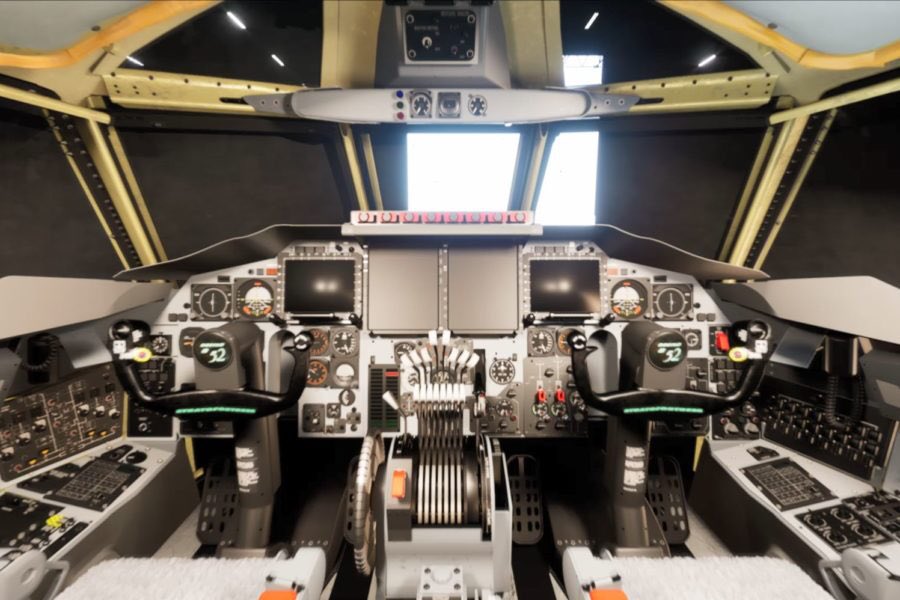Supone otro programa en el que Boeing es el integrador con importantes sobrecostes, lo que ha llevado a reprogramar la fase de diseño. La noticia sale de este documento del GAO: https://www.gao.gov/assets/gao-24-106831.pdf
According to program officials, delays to critical design are a result of underestimating the level of funding needed to complete the detailed design activities. Specifically, as the B52 prototyping effort was extended from preliminary design to critical design, program officials received a proposal for the detailed design work. Program officials stated that the proposal cost exceeded the program’s available funding, and that they asked Boeing to slow its level of work to align with available funding. They also noted that an associated materials contract could not be awarded, causing additional delays.
Además, se la vuelven a jugar con el comienzo de la producción antes de terminar la fase de pruebas:
However, the program does not plan to conduct integrated, systems-level testing in an operational environment prior to production, which could provide additional knowledge into how key systems will perform and reduce production risk. Our prior work found that conducting fully integrated testing prior to production allows users to verify performance and can uncover problems that were not apparent when subsystems were tested earlier. Specifically, the program plans to begin flight testing a production representative prototype with users about 6 months after the first low-rate initial production decision.
También se le va a cambiar el radar, montando un derivado del APG-79 del Super Hornet. Aunque es una tecnología madura, las primeras 11 unidades de producción no llegarán con la versión definitiva del software y ya llevan un 12,6% de sobrecoste. Este debería instalarse antes del cambio de motor:
Since our last assessment, the program delayed its low-rate production dates by an additional 6 months and other future dates by an average of 3 months. The program has moved its two low-rate production decisions to the baseline threshold—placing the program at risk for a schedule breach. Decision point 1, planned for March 2025, would approve procurement for the first 11 units. Decision point 2, planned for September 2025, would approve all remaining units. Program officials stated that delays with the display and sensor processor are the primary cause. Specifically, the processor’s fiber optic converter—which provides communication between processors—did not work in testing. Program officials stated that the contractor expected to rectify the issue by October 2023 and deliver processors by November 2023.
...
B-52 RMP continues to track software completion and integration as a moderate schedule risk. Program officials stated that they will not test version 1.0 capabilities in a realistic environment until after they order the first B-52 RMP production units. According to program officials, software version 0.5, which will support decision point 1, will provide minimal capability required to display imagery from the radar; decision point 2 will be supported by version 1.0, which will provide additional capabilities. The program office noted that the first decision point concerns hardware suitability, and that software immaturity has no bearing on that decision. However, the program’s plan to approve low-rate production of 11 units at decision point 1—at a cost of $156 million—will be based on less mature software functionality, increasing the risk of costly and time-intensive software fixes if the program discovers issues later.
...
B-52 RMP declared a cost breach in September 2023 due to issues with lab testing. Costs grew by 12.6 percent since the program’s initial estimate in 2021 due to additional hardware and labor for three integration labs, installation of test equipment, and an additional year of contractor support. The program plans to update its baseline with new costs by decision point 1.

















